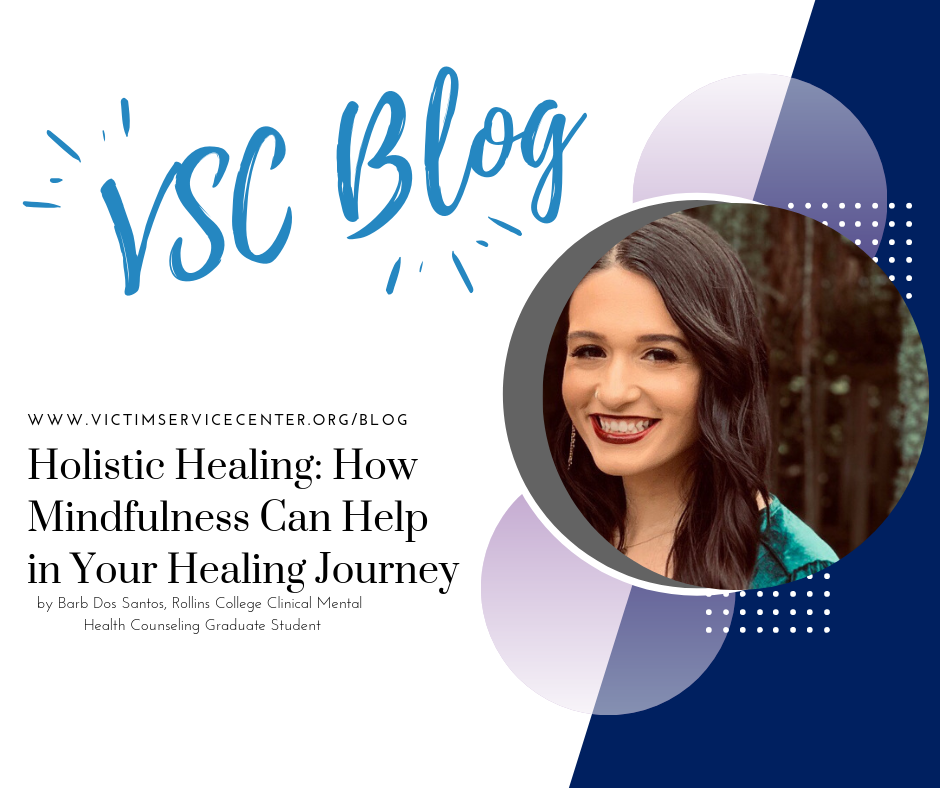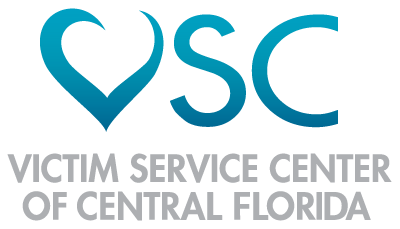As we enter the New Year, many may be in need and in search of some ways to find healing. It is always important to take care of yourself, but particularly in light of potentially triggering environments. The New Year is a great time to set goals and explore different routines to help with a healing journey. Oftentimes, self-care is described as treating yourself; maybe getting a spa treatment or buying some new shoes. And sometimes, these can be helpful activities! However, true healing comes from taking care of the mind-body-spirit connection.
“Awareness that arises by paying attention in a particular way: on purpose, in the present moment, and nonjudgmentally.”
This is how Jon Kabat-Zinn, creator of the mindfulness-based stress reduction program (MBSR) defines mindfulness (https://www.mindful.org/jon-kabat-zinn-defining-mindfulness). Practicing mindfulness is a way of life that can bring healing and balance to our daily interactions – both external and internal. Research has shown that practicing mindfulness actually reduces gray matter in the amygdala, which is the part of the brain associated with stress, anxiety, and emotional processing (Bhanoo, 2011). This can reduce trauma symptoms, provide tension release, and bring comfort and ease amidst stressful times. The more we practice mindfulness, the more these responses become our natural way of handling life.
Mindfulness also enhances our awareness – it allows us to feel a deeper presence of mind: of our thoughts, emotions, and the sensations around us. Not only can this allow us to have a more accurate perception of our experiences, this can also help us to feel more grounded and stable. Recognizing anxious feelings can seem scary, but understanding and honoring them can help guide us in our healing journey.
Greater self-empathy is another benefit of practicing mindfulness. A key element of mindfulness is observing in a non-judgmental way. This means having insight into ourselves without blaming. This allows us to learn more about our genuine intentions, practicing objective observations and accepting ourselves. It is then that we can begin to transform into making more conscious choices and balanced states throughout our recovery (Inam, 2012).
“The real meditation practice never comes to an end, it’s your life and how you carry yourself in each moment” – Jon Kabat-Zinn
Mindfulness is a way of life, and the more we practice it, the more it becomes evident in our daily lives. Mindfulness can be practiced with virtually any situation we are in, and yoga is a great way to begin incorporating it.
Yoga is a wonderful activity to help one in their healing journey. Practicing yoga can guide someone (particularly a survivor) through an intentional and “self-directed space that serves to reintegrate their body, mind, and spirit.” A yoga practice consists of a journey of peace, strength, focus, challenges, discomfort, and a variety of other ebb and flow sensations. This is much like the sensations we experience throughout our healing journey, and practicing mindful yoga can help us be aware, process, and cultivate gratitude toward ourselves and our feelings (Ramirez, 2016).
Other activities to practice mindfulness include:
- Meditation
- https://www.gaiam.com/blogs/discover/meditation-101-techniques-benefits-and-a-beginner-s-how-to
- Apps such as Headspace and Calm
- Grounding techniques
- https://drsarahallen.com/7-ways-to-calm/
- Journaling
- https://www.mindbodygreen.com/0-25949/how-to-become-more-mindful-using-nothing-but-a-journal.html
- https://www.developgoodhabits.com/mindful_writing/
- Art/music/dance expression
- Aromatherapy
- https://authenticaromatherapyeducation.com/aromatherapy-as-an-adjunct-therapy-for-sexual-assault-and-rape-victims/
- Hiking/kayaking/swimming/connecting with nature
The more we practice mindful living, the more it will become our natural way of living life! We learn to respond to situations with intentionality and empathy, instead of reacting to them.
“Mindfulness can help people train themselves to get unstuck from a vicious cycle of negative thinking, often a cornerstone of trauma.”
Honor yourself (in breakdowns and in breakthroughs), offer gratitude, and walk through your healing journey one breath at a time.
 by Barb Dos Santos, Rollins College Clinical Mental Health Counseling Graduate Student
by Barb Dos Santos, Rollins College Clinical Mental Health Counseling Graduate Student
Sources
7 Simple Grounding Techniques For Calming Down Quickly. (2018, March 28). Retrieved from
https://drsarahallen.com/7-ways-to-calm/
10 Tips for Mindful Writing and Meditative Journaling. (2018, January 25). Retrieved from
https://www.developgoodhabits.com/mindful_writing/
Aromatherapy As An Adjunct Therapy For Sexual Assault and Rape Victims. (2018, April 19).
Retrieved from https://authenticaromatherapyeducation.com/aromatherapy-as-an-adjunct-therapy-for-sexual-assault-and-rape-victims/
Bhanoo, S. N. (2011, January 28). How Meditation May Change the Brain. Retrieved from
https://well.blogs.nytimes.com/2011/01/28/how-meditation-may-change-the-brain/.
Desforges, J. (2016, July 24). How To Become More Mindful Using Nothing But A Journal.
Retrieved from https://www.mindbodygreen.com/0-25949/how-to-become-more-mindful-using-nothing-but-a-journal.html
Gaiam. (n.d.). Meditation 101: Techniques, Benefits, and a Beginner’s How-to. Retrieved from
https://www.gaiam.com/blogs/discover/meditation-101-techniques-benefits-and-a-beginner-s-how-to
Inam, H. (2012, March 23). Breathe. Meditate. Lead. Ten Ways Mindfulness Practice Can Make
Us Better Leaders. Retrieved from https://www.transformleaders.tv/breathe-meditate-lead-ten-ways-mindfulness-practice-can-make-us-better-leaders/
Jon Kabat-Zinn: Defining Mindfulness. (2018, September 12). Retrieved from
https://www.mindful.org/jon-kabat-zinn-defining-mindfulness/
Ramirez, M. (2016, August 06). Transcending the Trauma of Sexual Violence With Yoga.
Retrieved from http://www.thebreathenetwork.org/transcending-the-trauma-of-sexual-violence-with-yoga





